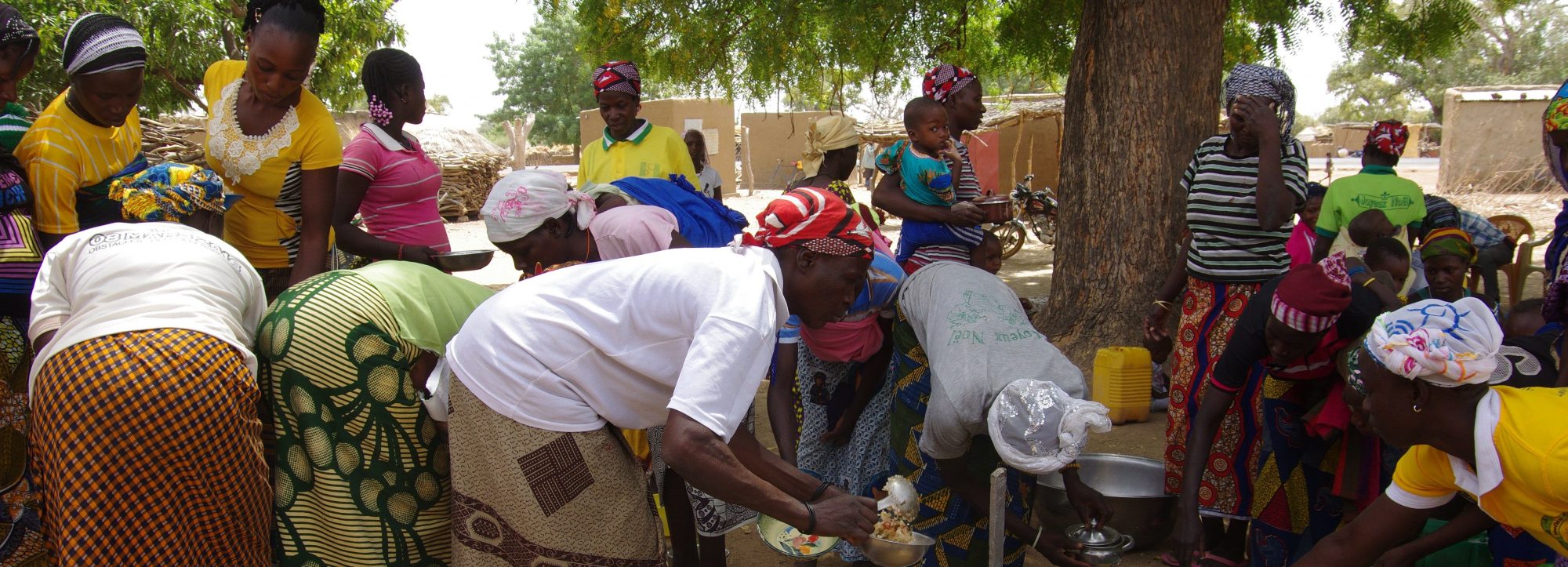Last year, in April of 2011, the Canadian International Development Association (CIDA) asked for call for proposals from Non Governmental Organizations (NGO’s) in Canada. This was the traditional way that CIDA decided where to put a sizeable percentage of its foreign aid funds for the past few decades. An NGO, like WNCanada, with a partner, like TSS in Nepal, would canvass people in their working area, find out what type of project would positively affect their quality of life, and then work out a plan to bring the project to fruition. The project plan would be presented to CIDA and if it satisfied the requirements for CIDA funding then CIDA would match our funding by as much as three to one.
In April 2011, 217 project proposals were submitted to CIDA – 50 for projects over $2 million CDN, and 167 for projects under $2 million CDN. Of the larger projects, 46 per cent (23) were accepted. Of the smaller projects, 18 per cent (30) were accepted. The Honduras project of WNCanada, which has been ongoing in the same successful fashion for the past 20 years, was refused.
Since April 2011, there has not been a call for proposals issued by CIDA. There have been a few isolated and specialized calls, but none for basic, grass roots development work. There have been at least 3 projects approved by CIDA, however, that show a trend. To quote Anthony Jenkins in The Globe and Mail:
“In September (2011), the Canadian International Development Agency announced a controversial multimillion-dollar grant to three leading international charities who will partner with major Canadian mining firms on development initiatives in African and Latin American countries in which these companies operate. Under the deal, World University Services Canada, Plan Canada and World Vision Canada will receive CIDA funding totalling $6.7 million for projects with Rio Tinto Alcan, Iamgold and Barrick Gold, respectively. The largest share was for the Plan Canada-Iamgold project, which will take all but $1 million of the CIDA funding over the next five years. For their part, the three mining companies will contribute additional support just shy of $2 million. The combined annual net profit for these firms is more than $4 billion.”
So, in effect, Canadian taxpayer dollars used to fund CIDA are now being used to improve the image of Canadian mining companies overseas. If the mine is allowed in the country, then a school will be built, or a hospital, or a water system. But no mine, no aid.
This is a troubling development for most NGOs, and especially those who work in areas where need is great, but Canadian interests are few. The ‘new humanitarianism, where government funding is scarce, traditional donors are aging, and organizations are turning to corporate alliances…’ is not attractive to many of us. To those who begin to explore this corporate partnership funding model, they would do well to remember a line from English poet, John Dryden: ‘Better to shun the bait than struggle in the snare.’

